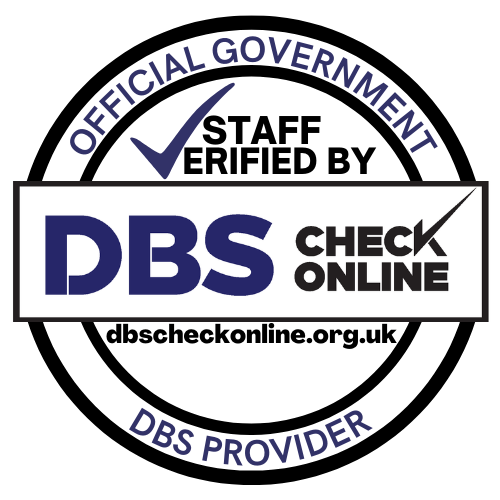Micro-managers generally feel like they are doing the right thing for their people, however their input only serves to damage morale which can lead to increased employee stress.
How do you spot a micromanager?
Well, some of the signs can include:
- A manager becomes involved in other people’s work
- A focus on the detail rather than focusing on the big picture
- Not paying attention to the skills and experiences of colleagues
- Not enabling other to make decisions and may even positively discourage it
- Demanding regular updates and reports on work activity
Micromanagement is a significant performance management issue, it blocks creativity and gives rise to poor performance. Micro-managers continually state that they are just looking after the best interests of the organisation, when actually what they are doing is generally the opposite to this
What can I do to deal with micromanagement?
A few things to consider are:
- Use performance management tools to reduce the need for micromanagement
There are many performance management software tools which can be used to reduce the impact of micro-managers and more importantly enable staff to maintain information accessible to managers.
- Performance dashboards
With a performance management dashboard, a leader/manager can monitor the progress of individuals, teams, and departments without the need to interrupt their work. This allows the manager to focus their efforts only on those staff who appear to be falling behind with their tasks. Staff who are on top of their game can then be left to get on with delivering and being creative.
- Planned one to one’s
Providing a clear schedule of meetings when staff can meet to discuss their progress which can help to reduce the interference from micro-managers. As one of the gig issues with micromanagement is the constant interruptions. When a manager provides regularly opportunities for a conversation it supports the manager to reduce the constant checking waiting instead for the next get together.



